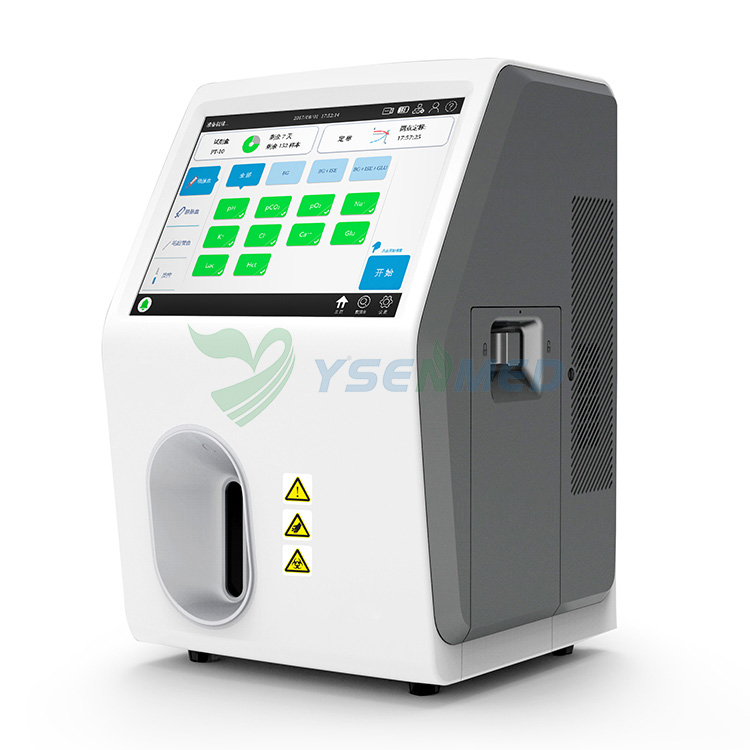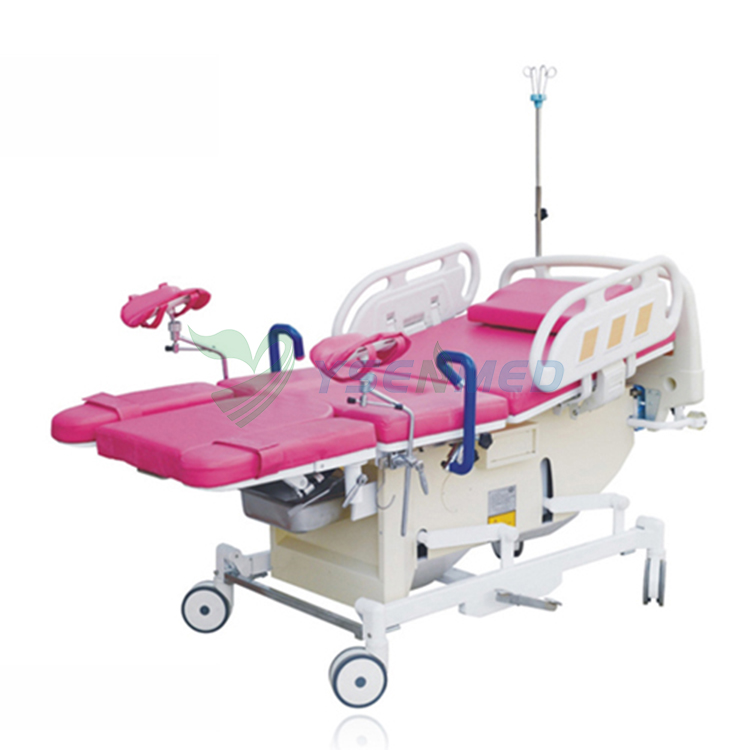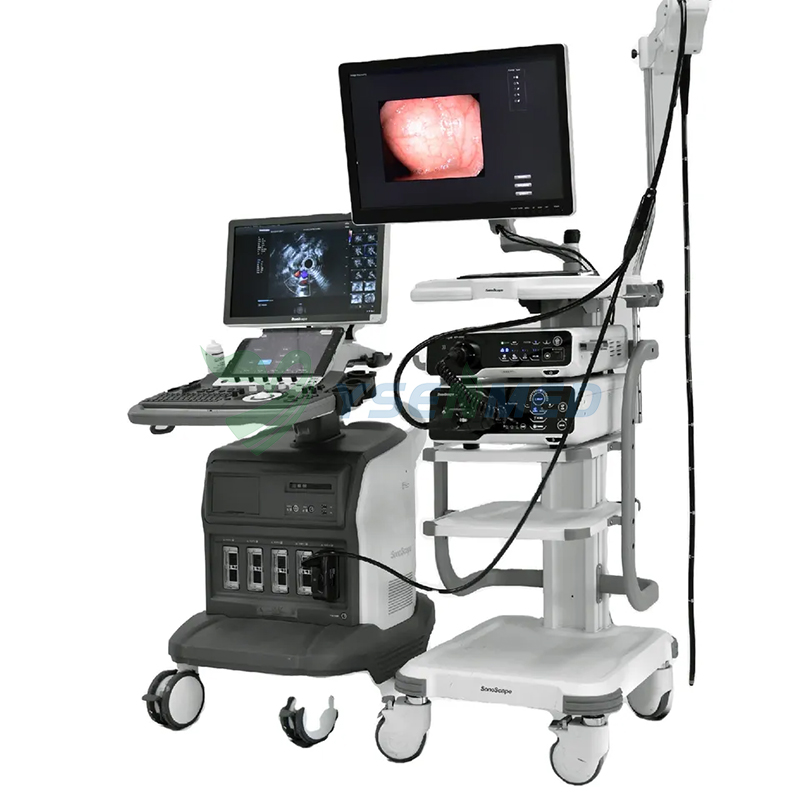Introduction
In the field of clinical hematology, accurate and comprehensive blood cell analysis is crucial for diagnosing and monitoring various medical conditions. Hematology analyzers have revolutionized this process by automating the analysis of blood samples. Two commonly used types of analyzers are 5-part and 3-part differential hematology analyzers. In this article, we will compare their performance and explore their respective benefits in clinical practice.
1. Understanding 5-Part and 3-Part Differential Hematology Analyzers
Both 5-part and 3-part differential hematology analyzers are sophisticated instruments designed to analyze different types of blood cells. They utilize advanced technologies, such as flow cytometry and impedance-based methods, to provide accurate and comprehensive blood cell analysis.
A 5-part differential hematology analyzer differentiates five types of white blood cells: neutrophils, lymphocytes, monocytes, eosinophils, and basophils. On the other hand, a 3-part differential hematology analyzer differentiates three types of white blood cells: neutrophils, lymphocytes, and monocytes.
2. Comprehensive Blood Cell Analysis
One of the primary differences between 5-part and 3-part differential hematology analyzers is the level of detail in the analysis of white blood cells. A 5-part analyzer offers a more detailed breakdown of different white blood cell types, allowing for a more accurate assessment of the immune system and specific disease conditions.
For example, in certain infections or inflammatory conditions, an increased proportion of specific white blood cell types may indicate a particular pathology. The ability to identify and quantify these specific cell types can aid in the diagnosis and monitoring of diseases.
However, it's important to note that in many routine clinical scenarios, a 3-part differential hematology analyzer provides sufficient information for accurate diagnosis and monitoring. The differentiation of neutrophils, lymphocytes, and monocytes covers the majority of clinical indications.
3. Throughput Capacity and Efficiency
Another aspect to consider when comparing the performance of 5-part and 3-part differential hematology analyzers is their throughput capacity and efficiency. The throughput capacity refers to the number of samples that can be processed within a given time frame.
In general, 5-part differential analyzers have a higher throughput capacity compared to 3-part analyzers. This means that they can analyze a larger number of samples in a shorter period, making them suitable for high-volume laboratories or facilities with a heavy workload.
However, it's important to note that the increased throughput capacity of 5-part analyzers often comes at a higher cost. These analyzers are typically more expensive and require more maintenance and calibration compared to 3-part analyzers. Therefore, it's crucial to consider the specific needs and workload of the laboratory before deciding on the most suitable analyzer.
4. Cost Considerations
Cost is an important factor to consider when comparing the performance of 5-part and 3-part differential hematology analyzers. As mentioned earlier, 5-part analyzers are generally more expensive than their 3-part counterparts. The additional cost is primarily due to the advanced technology and increased functionality of the 5-part analyzers.
The main difference between 5-part and 3-part differential analyzers lies in their ability to differentiate and quantify different types of white blood cells. A 5-part differential analyzer can distinguish between neutrophils, lymphocytes, monocytes, eosinophils, and basophils, while a 3-part analyzer can only differentiate between neutrophils, lymphocytes, and monocytes.
Advantages of 5-Part Differential Analyzers
1. Improved Accuracy: The ability to identify and quantify a wider range of white blood cell types allows for more accurate diagnosis and monitoring of various medical conditions. This is particularly important in the case of certain hematological disorders, such as leukemia, where an accurate differential count is crucial.
2. Enhanced Sensitivity: 5-part analyzers are more sensitive in detecting abnormalities in white blood cell populations. This can be especially beneficial in identifying subtle changes in cell morphology or detecting rare cell types that may be indicative of underlying health issues.
3. Comprehensive Reporting: The additional information provided by a 5-part differential analyzer allows for more comprehensive reporting. This can aid healthcare professionals in making informed decisions about patient care and treatment options.
Limitations of 5-Part Differential Analyzers
1. Cost: 5-part analyzers are generally more expensive than their 3-part counterparts. This can be a limiting factor for smaller clinical laboratories with budget constraints.
2. Increased Complexity: The increased functionality of 5-part analyzers also means they are more complex to operate and maintain. This may require additional training for laboratory staff and could potentially lead to higher maintenance costs.
Advantages of 3-Part Differential Analyzers
1. Cost-Effectiveness: 3-part analyzers are generally more affordable compared to 5-part analyzers. This makes them a more viable option for smaller clinical laboratories or those with limited resources.
2. Simplicity: The simplicity of 3-part analyzers makes them easier to operate and maintain. This can be advantageous for laboratories with limited staffing or those that do not require the additional functionality provided by a 5-part analyzer.
Limitations of 3-Part Differential Analyzers
1. Reduced Accuracy: The inability to differentiate between eosinophils and basophils may result in less accurate diagnosis and monitoring of certain medical conditions. This limitation could potentially lead to missed or misdiagnosed cases.
2. Limited Sensitivity: The absence of eosinophil and basophil differentiation may result in reduced sensitivity to certain abnormalities or rare cell types. This could hinder the detection of underlying health issues that may require further investigation.
Conclusion
When it comes to choosing between a
5-part and 3-part differential hematology analyzer, several factors need to be considered, including budget, laboratory size, and specific testing requirements. While 5-part analyzers offer improved accuracy, enhanced sensitivity, and comprehensive reporting, they come at a higher cost and increased complexity. On the other hand, 3-part analyzers are more cost-effective and simpler to operate but may sacrifice accuracy and sensitivity.
Ultimately, the decision should be based on the unique needs and resources of each clinical laboratory. It is important to carefully evaluate the pros and cons of each analyzer type before making an informed choice that best suits the laboratory's requirements and budget constraints.




